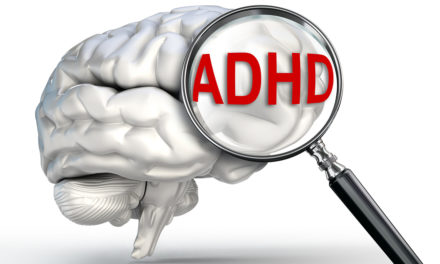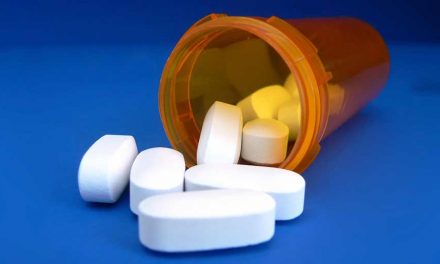The term “postprandial glycemia” refers to the increase in blood sugar after a meal. It is quite a problem for people who have insulin insensitivity. A small study appearing in the journal of the American Dietetic Association (2005; 105(12): 1939-42) looked at postprandial glycemia in 11 healthy subjects. Two meals were consumed by the subjects. One was a meal with a high glycemic load (81), containing 87 g of carbohydrate (bagel, butter and juice). The second meal had a low-glycemic load, containing 52 g of carbohydrate (chicken, instant rice, vegetables, butter and teriyaki sauce). The two meals were consumed by the subjects under three different sets of circumstances. First, nothing was added and no changes were made; this was the control meal. The meals were consumed another time with 20 g of apple cider vinegar. The third change involved replacing the butter with peanut butter in the high glycemic meal and replacing the butter with roasted peanuts in the low glycemic meal. A 55% reduction in the 1-hour glucose response was found when the subjects ate the meals containing peanuts or cider vinegar. Peanuts only seemed to have this effect for the low-glycemic meal, but the vinegar created a lower glycemic response for both meals. In addition, adding the vinegar or peanuts to the meals caused the subjects to reduce caloric consumption between 200 and 275 kcal for the day. The authors pointed out that 16 out of 20 studies published between 1977 and 1999 have shown that eating foods with a low glycemic index reduces hunger and promotes satiety.
About The Author
Whole Health Web Admin
Whole Health Web is a site designed to teach people about the value of natural health care. Our goal is to inform you and to help you to start a conversation with your doctor about natural health care. Most of our articles are about scientific research. We will also provide opinion pieces provided by natural health practitioners. Visit us often, as we are continually adding new content.
Related Posts
Find a practitioner
Practitioner Listings
Recent Reviews
-
Joint Care and Repair by Joe Buishas (transcribed from recording)
Score: 60%
-
Increase Brain Activity
Score: 60%
-
Fish Oil and Exercise-Induced Asthma
Score: 80%
LOGIN
Tags
Acupuncture
ADHD
Allergies
Alzheimer's Disease
Antioxidants
Arthritis
Asthma
Autism
Blood Pressure
Cancer
Chiropractic
Cholesterol
Cognition
Colitis
CoQ10
Crohn's Disease
Depression/Anxiety
Diabetes
Dysmenorrhea
Exercise
Fish Oil
Flu
Folic Acid
Green Tea
Headache
Heart Disease
Heart Failure
Herbs
Inflammatory Bowel Disease
Magnesium
Medication
Memory
Menopause
Migraine
Nutrition
Omega-3
Omega-3 Fatty Acids
Pain
PMS
Probiotics
Thyroid
Vitamin B12
Vitamin C
Vitamin D
Vitamin E






